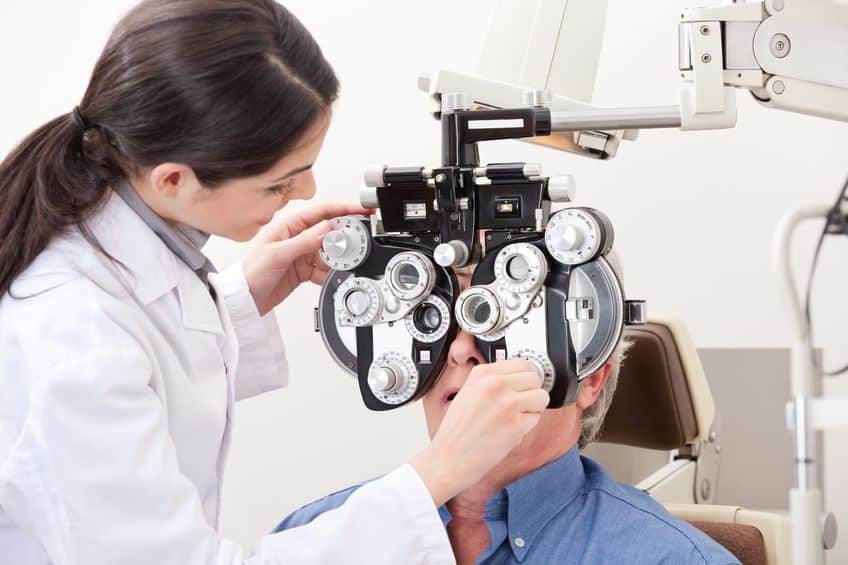 When the ophthalmologist looks into your eye, there’s quite a lot they can tell about your overall health. The retina, or back of the eye, is the only place in your body that can give your eye doctor a close-up view of blood vessels and nerves without having to open you up. A routine eye exam can be the key to finding early stages of medical issues.
When the ophthalmologist looks into your eye, there’s quite a lot they can tell about your overall health. The retina, or back of the eye, is the only place in your body that can give your eye doctor a close-up view of blood vessels and nerves without having to open you up. A routine eye exam can be the key to finding early stages of medical issues.
The following conditions may be detected by an ophthalmologist just by looking at the back of the eye:
High blood pressure
Doctors are able to see damage to blood vessels, including weakened and narrowed arteries. Narrowing of blood vessels could signal heart disease.
Rheumatoid Arthritis (RA)
RA is an inflammatory disease that affects joints in the hands and feet. Inflammation can happen in the eyes, too. If a patient has painful inflammation in the iris, the colored part of the eyeball, over a year’s time, it could be the sign of RA. Patients with rheumatoid arthritis can also have very dry eyes.
Diabetes
If the doctor sees a small amount of bleeding in the retina, it could be a sign of diabetic retinopathy. This is one of the first signs of type 2 diabetes. Catching this condition early is key to being able to make lifestyle changes that will help prevent further damage. If left untreated, diabetic retinopathy can lead to blindness.
Multiple Sclerosis
Inflammation of the optic nerve, called optic neuritis, could signify this autoimmune condition of the central nervous system. Optic neuritis occurs in 75 percent of patients with MS and is the first symptom of the disease in up to 25 percent of cases. Patients usually complain of blurriness. Optic neuritis could also be the result of an infection, too.
Cancer
Bleeding in the retina can signal leukemia. A change in the field of vision can signal brain tumors, and malignant melanoma can happen in the back of the eye.
A trip to the ophthalmologist’s office can save someone’s life. Are you scheduled for your annual eye exam? Give our experts a call today!

